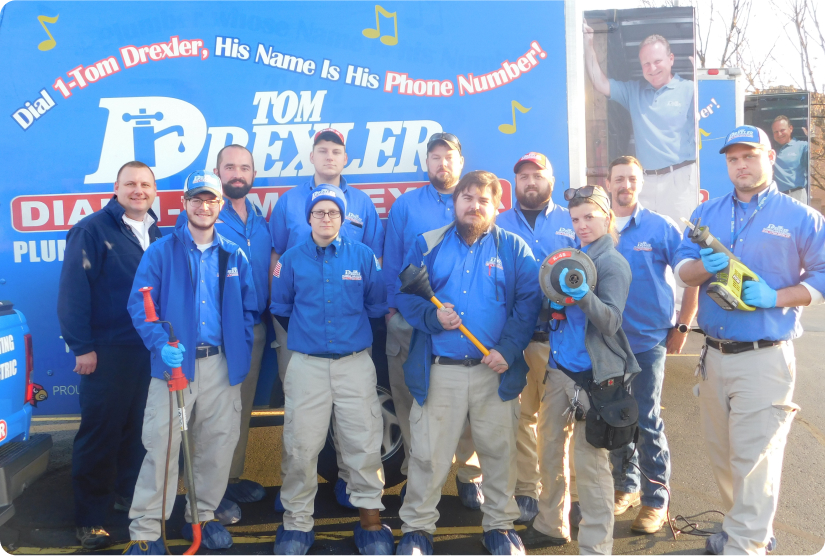Considering the possibility of trace amounts of bacteria, carcinogenic lawn chemicals and any other contaminants occasionally back flowing unnoticed into your drinking water supply is quite worrisome. You may never learn of the contamination until a family member exhibits serious health issues as a result of drinking the water.
Backflow is typically caused by an abnormal water pressure differential. Whenever the pressure of the water coming into your house suddenly drops, it creates a siphon effect which might cause a drawback of the contaminated water into your previously clean water supplies.
The consequences of backflow
Several undesirable effects can be as a result of backflow. If the flush valve in your toilet does not feature an anti-siphon device, vapors and odors from the toilet can be drawn into your plumbing and drinking water.
- When using a garden hose to clear your sewer lines or downspouts, a reduction of the incoming water pressure might lead to drawing back of contaminants from such sources, and into your clean water supply.
- When filling your pool, a water pressure drop can cause drawing back of water from the pool with all its contaminants into your water supply.
- If you are using an insecticide attached to your garden hose and there is a drop in the pressure of water, backflow can lead to the chemical contamination of your clean water, which could be potentially lethal.
Sources of backflow
Wherever potential cross-connections exist in your water system, backflow can occur. Such connections include:
- The dishwashers and garbage disposals in your kitchen.
- Hand-held shower heads, toilets, steam bath generators, and whirlpool bath devices in your bathroom.
- Sill cocks, hose bibs, and any faucet you can attach a hose to.
- Wading and swimming pools, fountains, fish ponds, and garden sprinkler systems.
Hose pipes present a unique problem since potential backflow hazards exist wherever hoses can be attached onto a threaded faucet.
Backflow prevention
Install a backflow prevention system wherever potential cross-connections exist to protect your water supply by eliminating the possibilities of backflow. Although the cost might seem prohibitive, the potential benefits outweigh every other consideration. A professionally installed backflow prevention system effectively assist in the prevention of contamination risks, providing better security and assurances when it comes to the health of your entire household.
Types of backflow prevention systems
While there are various kinds of backflow prevention systems, the most common types in use today are:
Hose Bib Vacuum Breaker: This is an inexpensive device that is available at most hardware and lumber outlets. It is usually installed on a sill cock or faucet to provide protection against backflow, particularly from garden hoses.
Dual Check Valve Assemblies: These devices are effective against backflow that is as a result of back-siphon age or backpressure, providing protection to potable water systems from the substances usually not considered health hazards. Dual check valve assemblies comprise of two independent and inline check-valve modules. For easy servicing and inspection, you should always install this device in a readily accessible location.
Installation requirements
Most states have regulations stipulating all in-ground, and automatic watering system installations must incorporate an approved backflow prevention system without exception. It is, therefore, critical not to fall for the gimmicks employed by most of the individuals involved in sales indicating you do not need a backflow prevention system on your automatic sprinkler system.
As mentioned, apart from the installation of backflow prevention systems being mandatory in most states, it will also ensure better security and assurances when it comes to the health of your entire household. Remember to use the services provided by a professional when it comes to the installation of your backflow prevention systems to ensure you access high-quality services and products.







